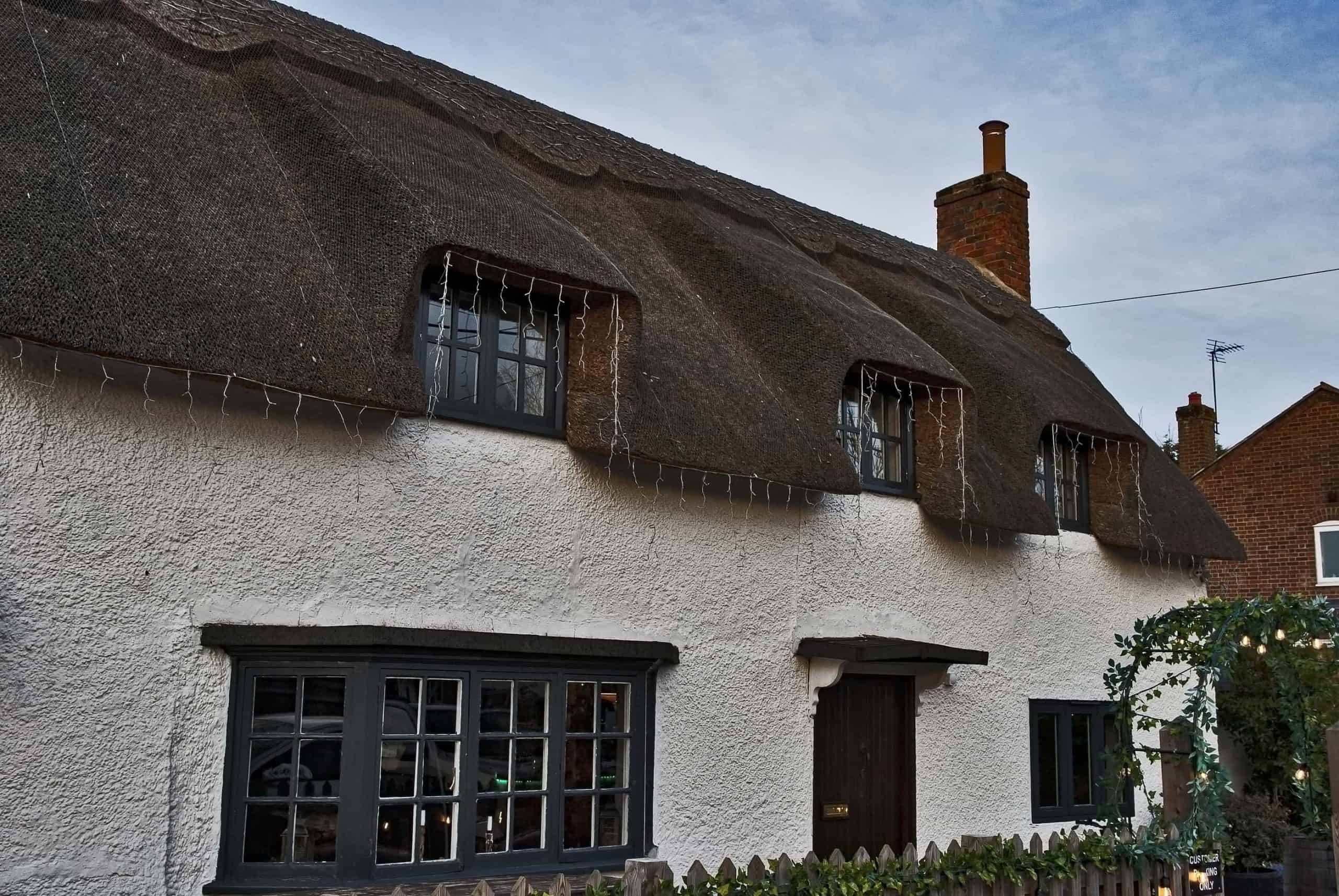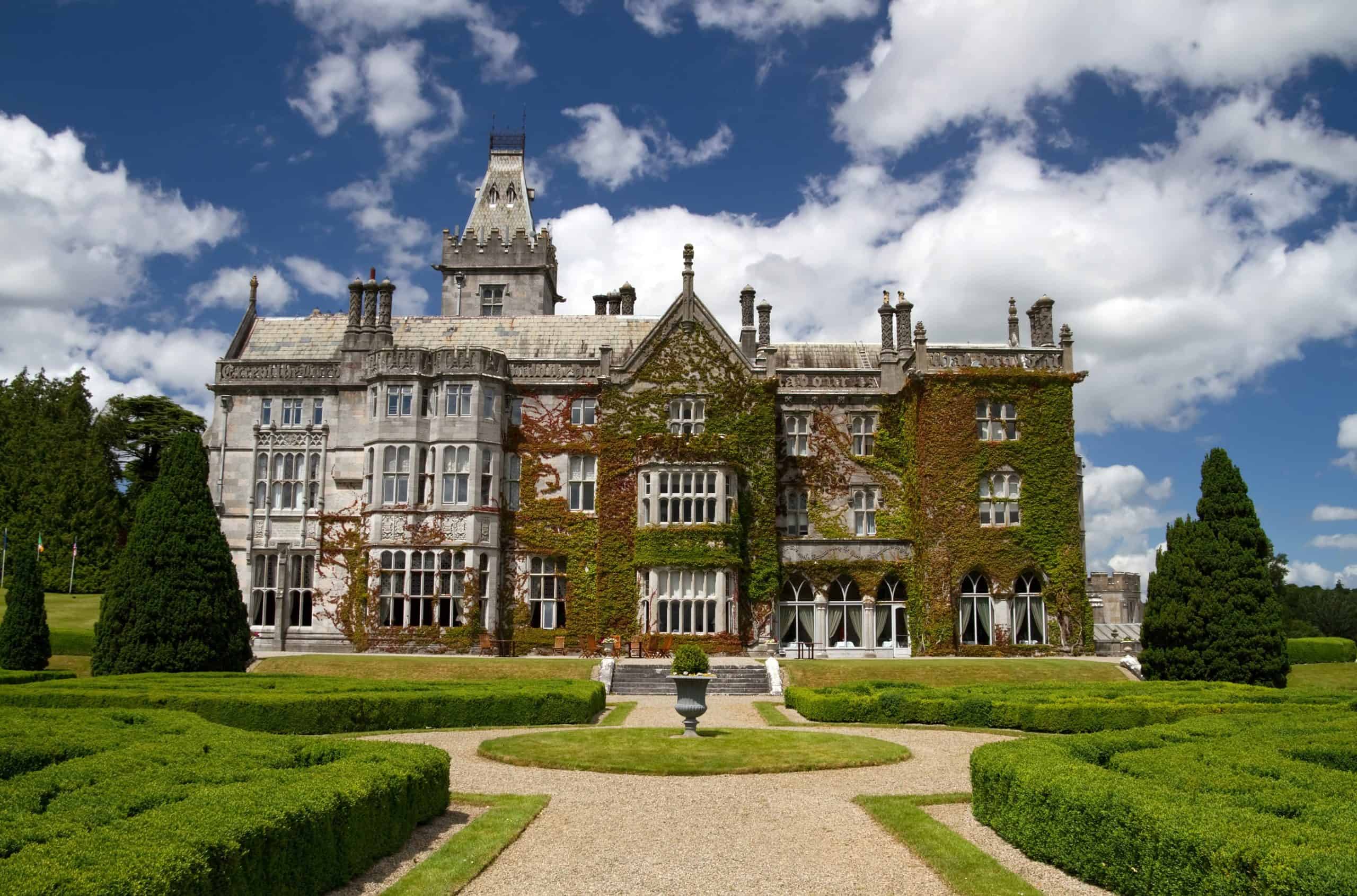If you own a non-standard property, it is important to make sure that it is properly insured. Non-standard properties can include prefabricated homes, homes with thatched roofs, and listed buildings. These types of properties may be more difficult to insure than standard properties, but there are a few things you can do to make sure your non-standard property is properly covered.
What are the main things to be aware of before insuring a non-standard property?
First, it is important to shop around for insurance. Not all insurers will cover non-standard properties, so it is important to find one that does. You may also need to pay more for insurance for a non-standard property than you would for a standard property.
Second, make sure you understand the coverage you are getting. Non-standard properties may be more likely to be damaged in a natural disaster or other event, so it is important to make sure that your policy covers these types of events.
Finally, keep your insurance up to date. If you make any changes to your non-standard property, such as adding a thatched roof, you will need to update your policy.
By following these tips, you can make sure that your non-standard property is properly insured.
Why do you need to think about flood risk insurance with non-standard properties?
Non-standard properties may be more likely to be damaged in a flood than a standard property. This is because they are often built in areas that are more prone to flooding, such as near rivers or coasts. If you live in an area that is at risk of flooding, you will need to make sure that your policy covers this type of event.
Many houses in the UK experience flooding due to their location, in fact, 1 in 6 homes in the UK are at risk and the most flood prone areas are in the south and east of England.
If you live in a flood risk area, there are a few things you can do to minimise the risk of damage to your property. First, you can install flood defences, such as flood barriers or sandbags. You can also raise electrical sockets and boilers above the expected flood level. Finally, you should make sure you have a good insurance policy that covers flood damage.
So, if you have a non-standard property, it is important to think about flood risk insurance. This will help to protect your home in the event of a flood and ensure that you are able to repair any damage that is caused.

What are some of the other risks to be aware of when insuring a non-standard property?
There are a few other risks to be aware of when insuring a non-standard property. These include subsidence, which is when the ground underneath your property starts to sink, and heave, which is when the ground underneath your property starts to rise. These risks can be caused by a variety of things, such as changes in the water table or building on unstable ground. If you are concerned about either of these risks, you should speak to your insurer about getting cover for them.
Another risk to be aware of is that non-standard properties may be more difficult to sell than standard properties. This is because not all buyers will be able to get insurance for a non-standard property. If you are thinking about selling your non-standard property, you should speak to your insurer about this so that you can get an idea of how difficult it may be to find a buyer.
What are some tips for insuring a non-standard property?
There are a few tips you can follow to make sure your non-standard property is properly insured. First, shop around for insurance and make sure you understand the coverage you are getting. Second, keep your insurance up to date and make sure it covers all the risks associated with your property. Finally, if you are thinking about selling your non-standard property, speak to your insurer about this so that you can get an idea of how difficult it may be to find a buyer.
By following these tips, you can make sure that your non-standard property is properly protected.
What are the main types of non-standard property?
There are a few different types of non-standard property, but the most common are prefabricated homes, homes with thatched roofs, and listed buildings. These types of properties may be more difficult to insure than standard properties, but there are a few things you can do to make sure your non-standard property is properly covered.
Other types of non-standard property include :
- Homes made of unusual materials, such as straw or Adobe
Adobe is a type of material made from natural ingredients like sand, clay, water, and straw. It is commonly used in the construction of homes in hot climates.
- Homes built on unstable ground
Unstable ground can include land that is prone to flooding or landslides.
- Homes in remote locations
Remote locations are typically harder to access and may have limited or no resources.
- Homes with unique features, such as a turret or a dome
Unique features can make a home more difficult to insure because they may be more likely to be damaged.
- Homes made with timber frames or log-style cabins
Timber frames and log-style cabins are popular in some parts of the world, but they can be more difficult to insure because they are made with natural materials.
What is non-standard home insurance?
A non standard home insurance policy is a type of insurance that is specifically designed for properties that do not fit into the ‘standard’ category. This can include properties such as prefabricated homes, homes with thatched roofs, and listed buildings. Non standard home insurance policies may be more expensive than standard policies, but they will offer specific coverage for the unique needs of your property.
There are a few benefits to insuring a non standard property. First, it ensures that your property is properly protected in the event of damage or a natural disaster. Second, it can give you peace of mind knowing that your property is properly covered. And finally, it can help you save money on your overall homeowners insurance costs.
There are a few reasons why non-standard properties tend to be harder to insure. The main one being that they are simply not built to what the industry understands to be contemporary standards. For example, a prefabricated home will typically be made of different materials than a standard home, and it may not have the same type of foundation. This can make it more difficult to assess the risk involved in insuring the property.
Similarly, something like a thatched roof will have an imminently larger risk of fire damage than a standard roof, and so insurers will be more cautious when it comes to offering cover.
Listed buildings can be even more difficult to insure, as they often have unique features that make them susceptible to damage. For example, a listed building may have ornate plasterwork or stained glass windows that could be easily damaged in an accident.
Despite the challenges, it is possible to find insurance for a non-standard property. The key is to shop around and compare policies to find the right one for your needs. You may also need to pay more for your insurance than you would for a standard property, but the peace of mind that comes with knowing your property is properly protected is worth it.

What are the risks of insuring a listed building?
Listed buildings are those that have been designated as being of historical or architectural importance. As such, they may be at greater risk of damage in the event of a natural disaster or other event. It is important to make sure that your policy covers these types of events before insuring a listed building.
A building is categorised as listed when it meets certain requirements. These are :
- It must be of architectural or historic importance
- It must be a certain age, usually over 30 years old
- It must be in good condition both internally and externally.
If you are thinking about insuring a listed building, it is important to understand the risks involved. Listed buildings may be more likely to be damaged in a natural disaster or other event, so it is important to make sure that your policy covers these types of events.
Can you insure a prefab home?
Prefabricated homes are those that are built in a factory and then assembled on site. These types of homes may be more at risk of damage in a natural disaster or other event, so it is important to make sure that your policy covers these types of events.
Prefabricated homes may be more likely to be damaged in a natural disaster or other event, so it is important to make sure that your policy covers these types of events. Prefabricated houses are also more likely to be damaged in a fire, so you should make sure your policy covers this type of event as well.
How much more expensive is it to insure a thatched cottage?
Thatched roofs are made of straw, reeds, or other materials, and are often found on older homes. Thatched roofs may be more at risk of damage in a fire and rare also more difficult to repair, so they may be more expensive to insure.
There are also not as many thatched roof installers as there were when it was more popular, so it may be more difficult to find someone to repair your roof if it is damaged – this in turn will affect the cost of your insurance premiums.
When conventional companies lack the specialist understanding required to properly assess a risk, it’s common for them to refuse to provide quotes or charge too much for premiums since they are unfamiliar with the true risk. However, with QuoteSearcher, this isn’t the case. We partner with brokers who specialise in non-standard property insurance so they are in the best position to provide you competitive quotes.